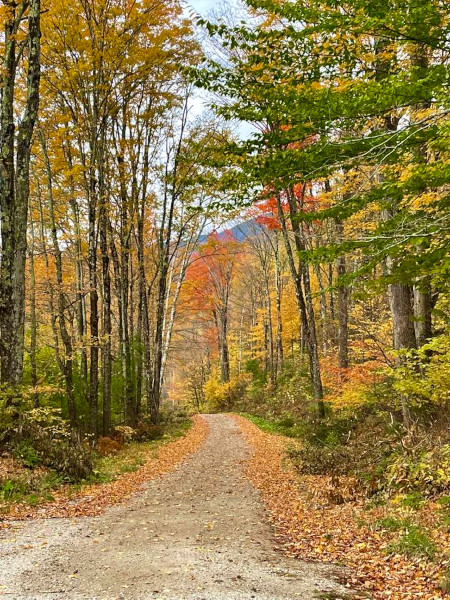Creating wildlife habitat on your property is a powerful way to support biodiversity. It is important to retain dead wood, such as snags (standing dead trees) and downed logs, as they provide essential food and shelter for many wildlife species.
 How to Enhance Wildlife Habitat on Your Property
How to Enhance Wildlife Habitat on Your Property
1. Retain Dead Wood:
Dead trees and logs serve as critical habitats for various species. Try to maintain at least four downed logs per acre, each approximately 20 feet long and 20 inches in diameter. Snags with diameters of 12 inches or more are particularly valuable, with larger snags (25 inches or more) benefiting cavity-nesting birds like woodpeckers.
2. Build Habitat Piles:
Utilize branches and small logs to create habitat piles, which offer shelter and foraging grounds for small mammals, amphibians, reptiles, and insects. These piles mimic natural woody debris and can be especially beneficial in areas lacking sufficient dead wood.
3. Diversify Plantings:
Plant a mix of native conifers and hardwoods, along with shrubs, wildflowers, and grasses that produce flowers, berries, nuts, and seeds. This diversity supports a wide range of wildlife and pollinators, enhancing the ecological value of your property.
4. Install Nesting and Roosting Boxes:
In areas where natural cavities are scarce, consider installing nesting and roosting boxes for birds and bats. These structures can compensate for the lack of mature trees and provide essential breeding sites for various species.
5. Create Rock Piles Near Water Features:
Small rock piles adjacent to ponds, streams, or wetlands can enhance habitats for amphibians and reptiles, offering them shelter and basking sites.
By implementing these practices, you can transform your property into a haven for wildlife, contributing to the conservation of nature and the promotion of biodiversity.
This article is based on information we read at:
https://www.nnrg.org/
We hope you find it helpful in combating climate change and wildlife extinction.